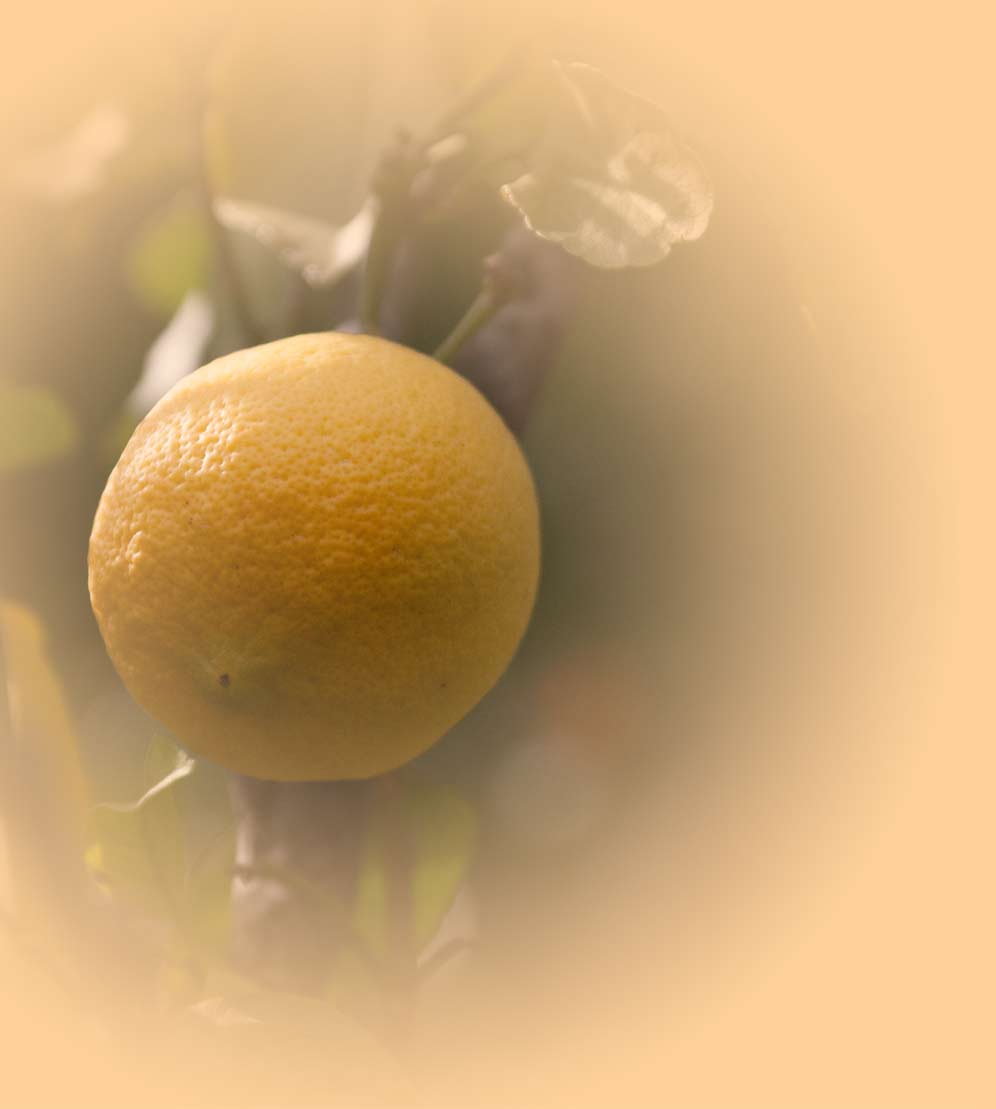Go down
↓
↓

“We depend on stores to get food, so we depend on money, and as a consequence we depend on a paid work or social aids given by the State.
However today, unemployment is increasing and more and more people struggle to find a job. So, how can you eat if you can’t rely on social aids?
“ Everyone needs to eat, and as food comes from the ground, let’s grow our own food ourselves!

Juan Anton Mara, 78 years old, goes for a 40-minute run several times a week. He organizes meetings that last several days at his home with dozens of people. “Everyone brings their own sleeping bag, and we figure things out” he says.
There’s no need to say that Juan Anton is in stunning shape! What is his secret? A healthy lifestyle and his desire to change the world must have played their part.
The purpose of each of his actions is indeed to « change the world », or to be more precise, to fight hunger in the world. No less.
English subtitles are available, click on CC...
“Society should be based on two cornerstones: « work » (the contribution of one’s skills to society), and food production. This way, no matter what happens, if one loses their job, they will always have something to eat.
“ As long as we depend on a paid job, our safety will be hanging by a thread.
These are not just words. Juan Anton puts the theory into practice in his own life and even goes further: he experiments withevery possible ways to make farming easier.
Being self-sufficient for food is not only safe, it is also a way to get some kind of freedom in a society where ther is no choice anymore (ever).
When you’re in a bakery and the baker can’t tell where his flour comes from, when the market is under the control of the GM industry, and when you can’t choose the products you want to buy, it is a dictatorship.
When the people you vote for spend their time lying and acting contrary to their words, it is a dictatorship.
We have to find a way to do things ourselves. We have to learn how to grow and produce healthy food, and how to sell or exchange it ourselves.

An edible forest
to feed people easily
It all started 30 years ago. Juan Anton was looking for a peaceful place to build a vegetable garden and raise chickens. He bought a small plot with orange trees. Before he retired, he was following the advice of the gardener in charge of the stand in a conventional way… until the day when he suggested him to use a herbicide that would kill the grass for 8 years. Juan Anton had an epiphany. Not knowing exactly where this would all go, Juan Anton decided to stop using chemicals. The gardener quit. A few months later, it’s a disaster. The grass is growing and the trees are dying of starvation.
“ I started to get interested in soil science. I took ecological farming classes and a permaculture class and I bought some of Fukuoka’s books. Then I started to apply what I was learning.
He started to put grass at the base of the trees so that it turns into compost. It took a few months for the trees to grow again, the timefor the microorganisms killed by pesticides to come back and do their job again.
Step by step, Juan Anton plants new trees: banana trees, walnut trees, almond trees, fig trees, olive trees, peach trees, and many others. He starts to create his edible forest following permaculture rules. The goal is to have the best productivity with minimal effort. And it works.

“ Today, the hardest part of the job is to harvest. When the leaves fall, microorganisms eat them and turn them into tree food. It’s as simple as that. It’s natural and there is nothing to add.
Juan Anton’s forest proves it: the trees are healthy and the fruits are delicious. Some simple principles explain this success; the case of common diseases in orange trees is a good example.
“
These orange trees are healthy only because the ground is healthy and because the diseases somehow prefer the trees from the neighboring fields. Chemical fertilizers make the sap sweet, which increases the risk of disease. Here, the ground makes the sap bitter, so the diseases stay away from it!
Today, Juan Anton’s goal is to find an easy way to produce vegetables all year long. He builds homemade greenhouses with local material or furniture, like bamboo, an old fridge, fallen tree branches. His creativity has no limit!
One of his most interesting experiments is the wall inside the main greenhouse that he built with stones picked up in the forest. He uses it to store the heat during the day and give it back during the night so that the plants don't freeze in winter.
“ By producing fruits, the edible forest protects us from starvation. It would be interesting to supplement it with annual plants such as vegetables, cereals, and aromatic herbs. This is not restricted to people who have a garden: you can fit pot plants everywhere!








Comments